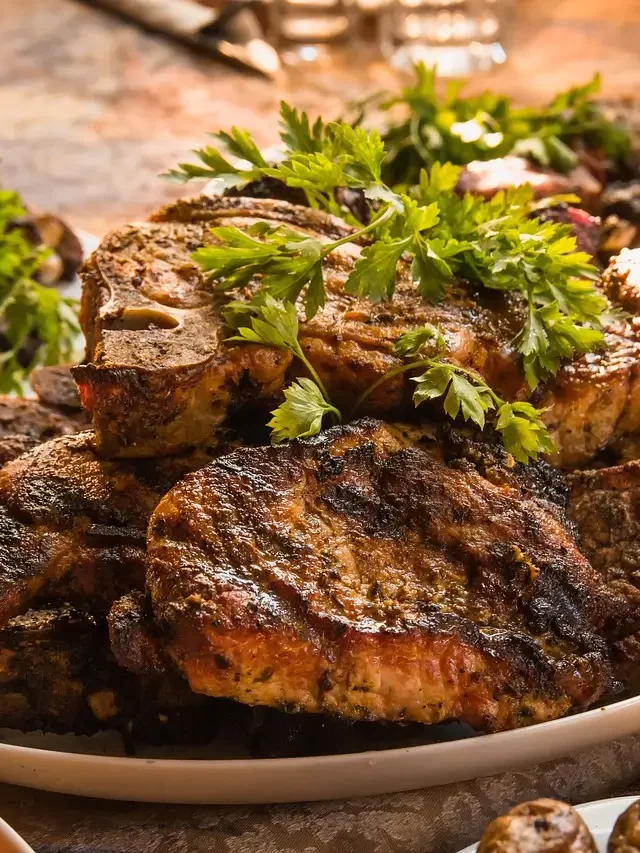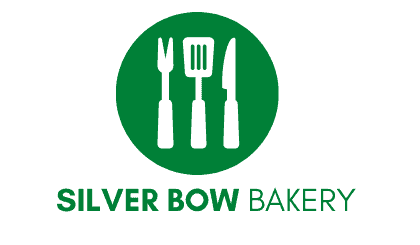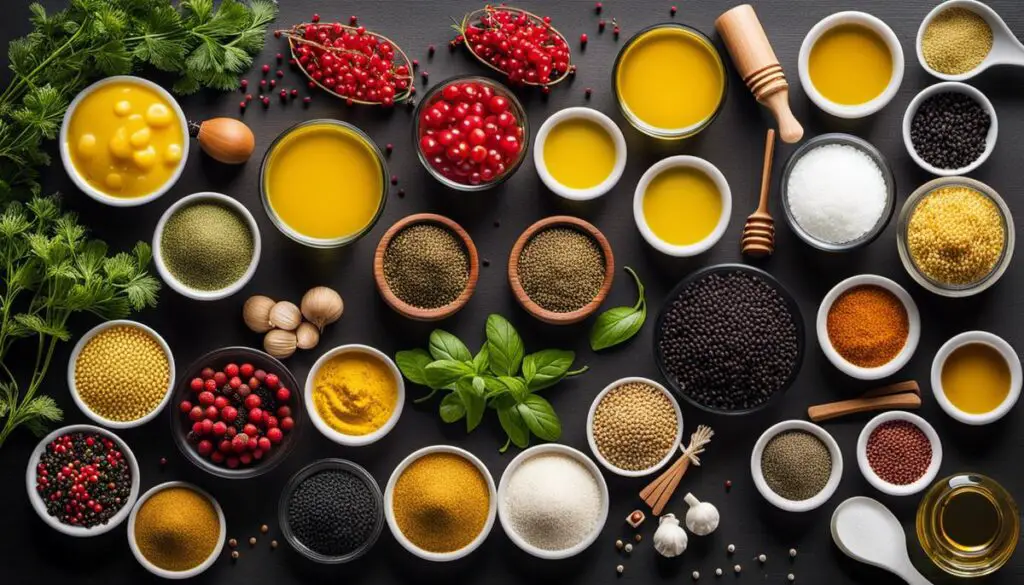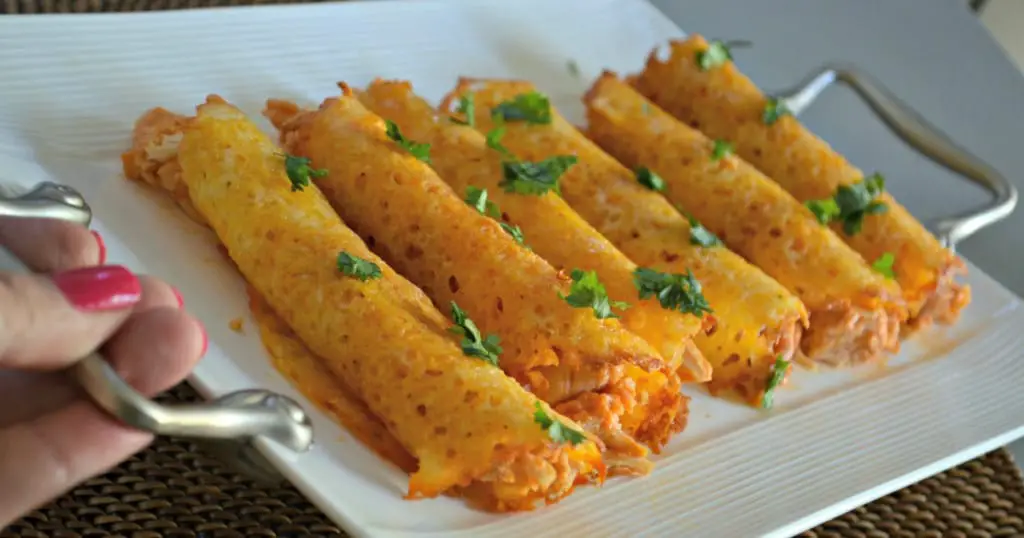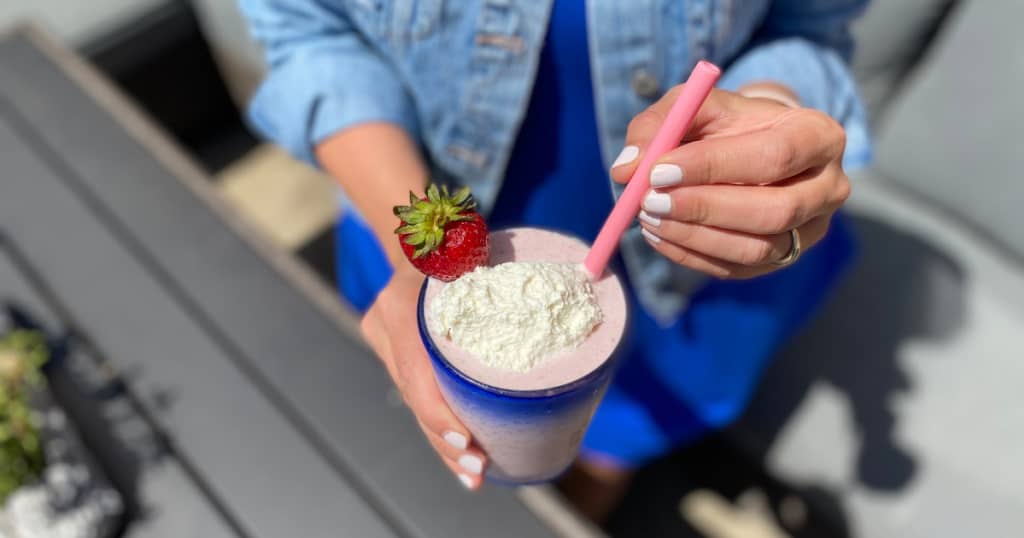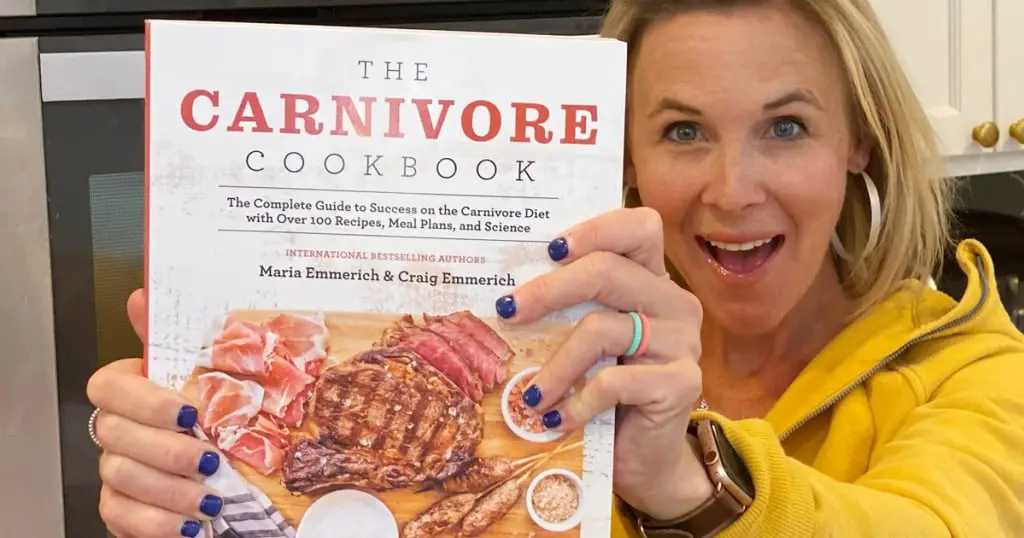From backyard cookouts to elegant dinner parties, the addition of a flavorful, homemade mustard BBQ sauce can elevate your dishes to a whole new level. American BBQ is a fantastic melange of flavors, and a deep dive into its most distinctive and versatile condiment is arguably the best way to appreciate it. In this enlightening discourse, we journey into the heart of the tangy mustard, sweet honey, and spicy black pepper that meld into this sauce. We explore necessary cooking techniques, break down the essential components of the famous mustard BBQ sauce, and explain how to adapt this classic recipe to your unique palette and purpose. Furthermore, the piece also guides you on the best way to incorporate your sauce into a variety of dishes for an amplified culinary experience.
Understanding Flavor Profiles
Understanding Flavor Profiles in BBQ Mustard Sauce
One of the key ingredients that define a BBQ mustard sauce is mustard. Mustard has a unique taste – tangy, slightly spicy, and a little bit pungent. Not only does it add heat, but it also provides a strong, characteristic flavor. Mustard provides a distinct tanginess which balances the sweetness in the sauce.
Another important constituent in the sauce is sweet honey. Honey lends a smooth, sweet taste to the BBQ mustard sauce, balancing out the sharpness and heat of the mustard. This flavor profile can range from subtly sweet and floral to dark and robust, depending on the type and quality of honey you use. Honey’s sweetness serves as an excellent balance to the taste of tart, acidic ingredients present in a BBQ mustard sauce.
To boost the tanginess in a BBQ mustard sauce, vinegar is used. Vinegar’s flavor is sour and acidic. It helps to balance the sauce’s sweetness with its tartness, adding another flavor layer to the mix. It also aids in mellowing out the pungency of the mustard, giving the sauce a well-rounded flavor profile.
Black pepper introduces a spicy component to the BBQ mustard sauce. Black pepper’s flavor is slightly hot and has a penetrating aroma. This spice, although subtle, plays an important role in amplifying the other flavors in the sauce while lending a kick of its own.
Other ingredients that can be included to further balance or enhance the flavor profile of a mustard BBQ sauce include brown sugar, garlic powder, onion powder, paprika, and Worcestershire sauce. Brown sugar adds a deep, caramel-like sweetness that complements the tanginess of mustard and vinegar. Garlic and onion powders provide an additional savory taste dimension. Paprika adds sweet, smoky undertones, and Worcestershire sauce brings an umami nuance to the sauce.
In summary, understanding the different flavor profiles – tangy mustard, sweet honey, tangy vinegar, and spicy black pepper – and their interactions are crucial to achieving a balanced mustard BBQ sauce. Adjusting these ingredients to match your personal taste can ensure you create a sauce that perfectly complements your BBQ dishes.
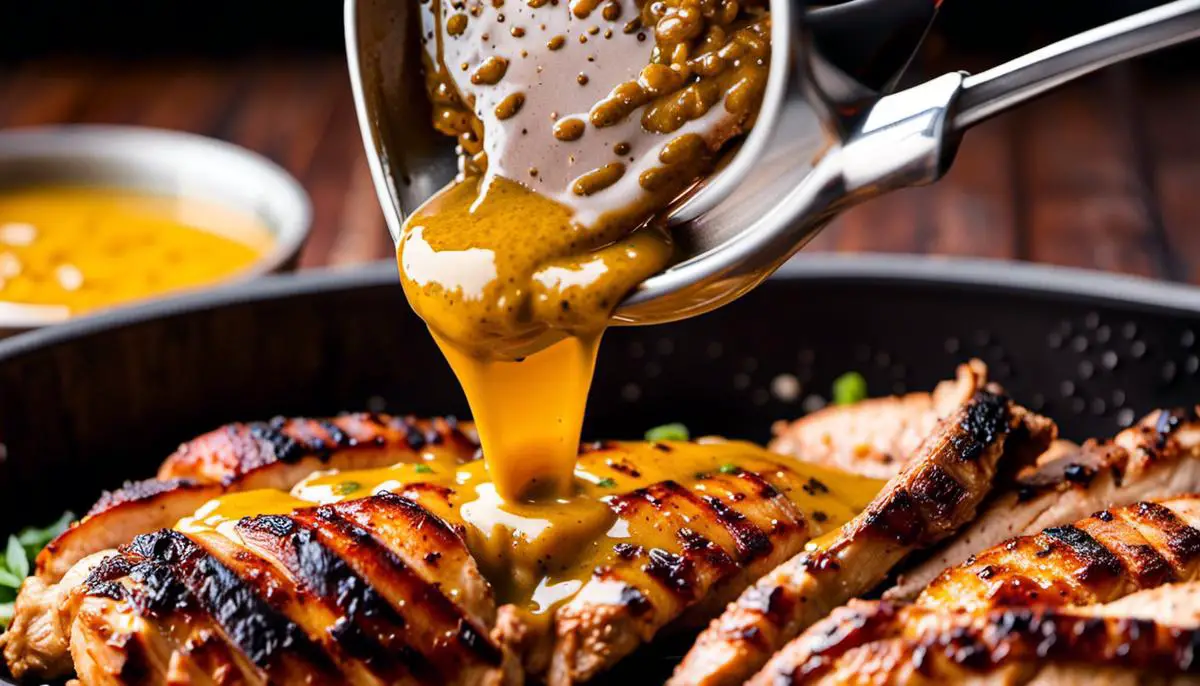
Cooking Techniques
Sautéing Onions and Garlic
The first step to making mustard bbq sauce is sautéing onions and garlic. To do this, you would first peel and finely chop one medium onion and two cloves of garlic. Next, heat about a tablespoon of olive oil in a saucepan over medium heat. Once the oil is hot, add the chopped onions and garlic and stir them into the oil. Make sure to stir frequently to prevent the onions and garlic from burning. You would sauté the onions and garlic until they become soft and golden brown, which should take about 5-7 minutes.
Combining and Reducing Sauce Ingredients
After you have sautéed your onions and garlic, you’re ready for the next step which is combining and reducing the sauce ingredients. For the sauce, you’ll need 1/2 cup of yellow mustard, 1/4 cup of honey, 1/4 cup of apple cider vinegar, 1/2 cup of brown sugar, 1 teaspoon of black pepper, 1 teaspoon of salt, and 1/2 teaspoon of cayenne pepper.
In the same saucepan, add these ingredients to the sautéed onions and garlic, stirring to combine everything evenly. Bring the mixture to a simmer and let it cook for about 15-20 minutes, stirring occasionally. The sauce should reduce and thicken slightly during this time.
Important Cooking Techniques to Remember
There are a few important techniques to remember when making mustard BBQ sauce. Always sauté the onions and garlic over medium heat, as high heat can cause them to burn and impart a bitter flavor to the sauce.
When combining the sauce ingredients, ensure to stir often to prevent the bottom of the sauce from scorching and sticking to the pan.
Lastly, when reducing the sauce, it is important not to rush the process. Slow and steady heat allows the flavors to meld together more harmoniously, resulting in a robust, well-developed sauce.

Recipe Experimentation
Understanding the Flavor Components of Mustard BBQ Sauce
To begin experimenting with different ingredient proportions and additional flavors, it’s crucial to understand the basic components of a mustard BBQ sauce. The key ingredients usually include yellow mustard, apple cider vinegar, brown sugar, ketchup, Worcestershire sauce, and spices such as salt, pepper, paprika or cayenne.
Mustard lends a sharp and tangy flavor, while vinegar adds acidity, brightness, and balances the sweetness from the brown sugar. Ketchup provides a touch of sweetness and a smooth texture. Worcestershire sauce and other seasonings enhance the complexity and depth of flavor.
Modifying Baseline Quantities to Your Taste
Try adjusting the quantities of these foundational ingredients to see how it influences the overall taste and texture of the sauce. For example, if you prefer a sweeter BBQ sauce, increase the quantity of brown sugar. If you favor a tangy sauce, adjust the quantity of apple cider vinegar. If you’d like a smokier flavor, boost up the amount of paprika or pepper.
It’s advisable to adjust in small increments, perhaps by teaspoonfuls for liquid ingredients and pinches for dry ingredients, taking diligent notes of the quantities adjusted. After each adjustment, taste the sauce to assess if it is getting closer to your desired taste. If it’s not right, tweak as necessary.
Investigating Additional Flavor Additions
Simplicity is often key with BBQ sauces, but that doesn’t mean you can’t experiment with additional flavors. Depending on your taste preference, you might consider integrants such as garlic, onion, chili flakes, or beer for a richer depth. Fresh herbs like rosemary or thyme can provide earthy layers, and fruits like apple or pineapple give a unique sweetness.
Remember: when experimenting with additional flavors, add them slowly and incrementally, to ensure they don’t overpower the base flavors of the mustard BBQ sauce.
Understanding Texture
The texture of your BBQ sauce also plays a vital role in its appeal. A thicker sauce will cling to meat better, but may be overwhelming on delicate foods. A thinner sauce may not cling as well, but could be good for marinating. Consider your pairing when deciding your sauce’s texture. You can increase the sauce’s thickness by cooking for longer or adding more mustard, and vice versa.
Conclusion: The Art of Patience and Understanding Flavors
Experimenting with any recipe, including mustard BBQ sauce, is all about understanding the flavors and their proportions, then applying this knowledge to suit your personal taste. Document your changes, so if you stumble upon your perfect personalized sauce, you can recreate it. It’s also important to remember, like all culinary endeavors, patience and practice are vital components in the craft of creating your ideal BBQ sauce.
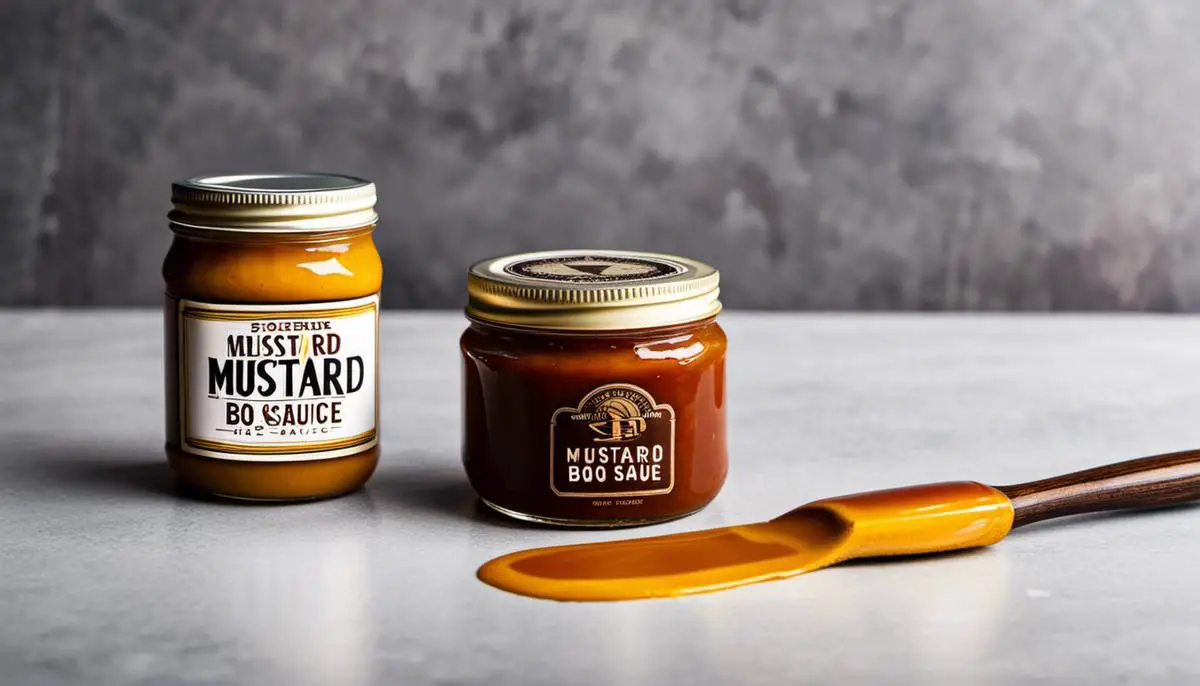
Application Instruction
Preparing Mustard BBQ Sauce
To start with, you will need to gather all necessary ingredients for your mustard BBQ sauce. Typical recipes call for yellow mustard, honey or brown sugar, apple cider vinegar, Worcestershire sauce, salt, pepper, garlic powder, and onion powder.
To prepare the sauce, combine all ingredients in a saucepan over medium heat. Stir constantly until all ingredients are fully blended. Once complete, remove the sauce from heat and allow it to cool. The sauce will thicken as it cools.
Applying Mustard BBQ Sauce to Meats
Mustard BBQ sauce can be applied to a variety of meats but is most often paired with chicken or pork. Before you begin, ensure your meat is properly cleaned and seasoned with salt and pepper.
When your meat is nearly done cooking, it’s time to apply the mustard BBQ sauce. If you’re grilling, apply the sauce during the last few minutes of cooking to prevent the sauce from burning. Use a grilling brush to generously coat the meat, making sure to cover all sides.
If you’re baking or roasting your meat, apply the sauce about halfway through the cooking process. For slow cooker meals, you can add the sauce at the beginning of the cooking process.
Marinating with Mustard BBQ Sauce
If you prefer, you can also use mustard BBQ sauce as a marinade. To do so, place your meat in a ziploc bag or shallow dish and pour the sauce over it. Be sure to turn the meat several times to ensure it’s thoroughly coated in the sauce.
For best results, refrigerate your meat in the marinade overnight. If you don’t have that much time, try to marinate your meat for at least 2 hours.
Pairing Mustard BBQ Sauce
Mustard BBQ Sauce pairs well with a variety of sides. Potato salad, coleslaw, baked beans and cornbread are popular favorites. Additionally, it complements light beers and white wines nicely.
Remember, the perfect mustard BBQ sauce depends on your personal preference. Some prefer a more tangy, vinegary flavor, others prefer a sweeter, honey-infused sauce. Feel free to experiment with amounts to find your perfect blend.
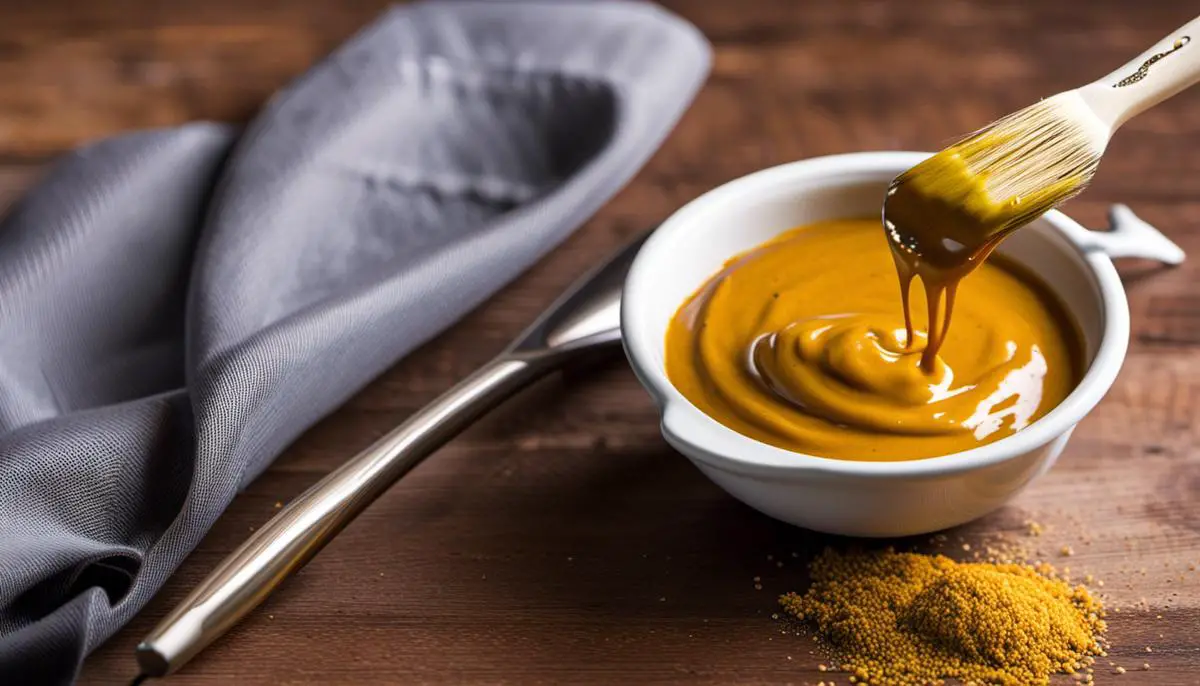
By learning about the flavor profiles that compose a mustard BBQ sauce, acquiring the crucial techniques to make it, experimenting to tailor it uniquely to you, and learning how to properly use it, a whole new world of culinary adventure opens up. This journey not only enriches your understanding of this versatile condiment but ultimately also enhances your appreciation for American BBQ. Whether you apply it to your grill feast or use it as a dip, the power to awe with your homemade mustard BBQ sauce lies in your hands. It’s time to roll up your sleeves, fire up your burners, and revel in a delectably tangy sojourn that promises to thrill your taste buds and astound your dinner guests.
